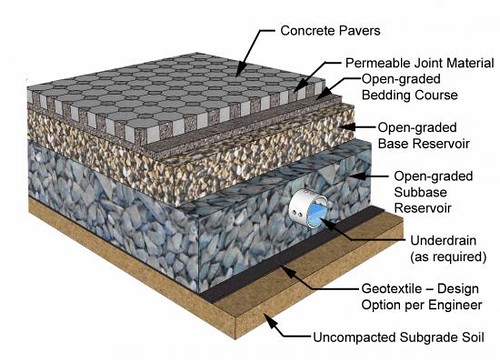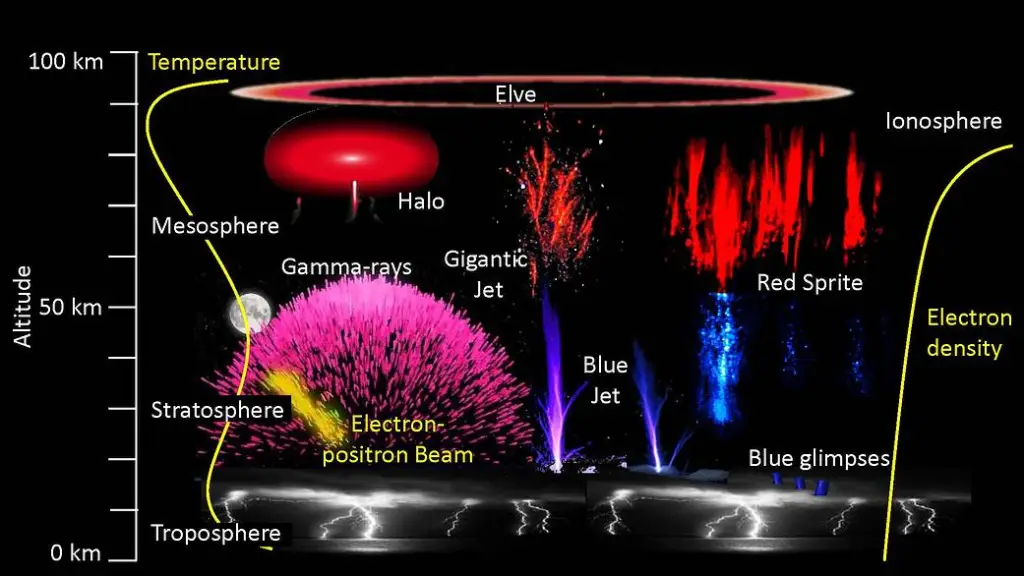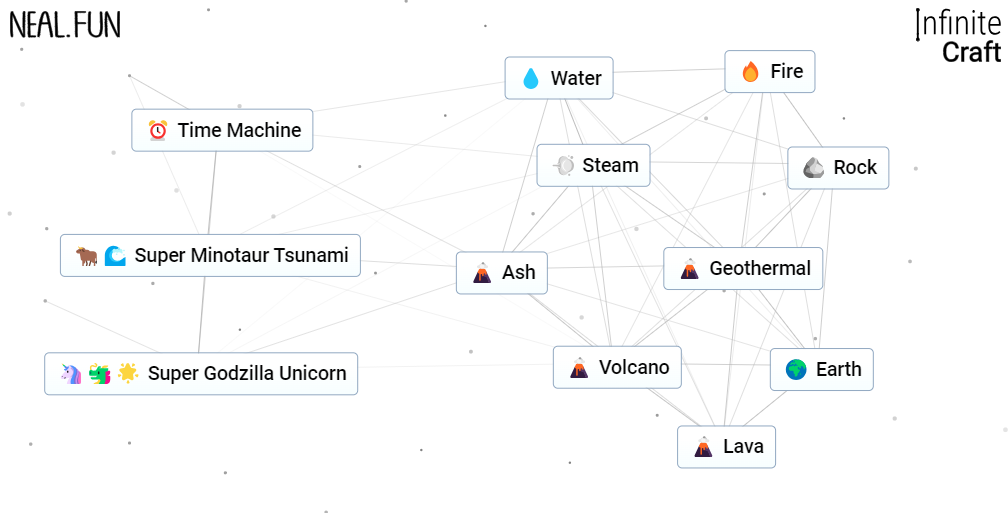Permeable Pavement

“Permeable pavement cross section” by lin440315 is licensed under CC BY 2.0
What is permeable pavement? To put it simply, permeable pavement is a surface either made of a penetrable substance, or made with gaps in between non-penetrable blocks to let the water run through. The main purpose of it is to give another exit for any type of precipitation.
How does it work? When run off or precipitation goes onto the pavement, the water will go through the surface, into a bed of stone, and finally it will slowly drain off into soil.
Where is it used? Permeable pavement is commonly used in low traffic roads, parking lots, driveways, and sidewalks.
Why is it important? The main purpose of it is to give another exit for any type of precipitation so that the storm drains aren’t overflooded, however there are other benefits to using this pavement. One of the benefits is that it can cut down the concentration of pollutants by trapping them in the soil, concrete, or plants growing in between blocks. Another benefit would be that it cools down the temperature of the run off going into the lakes and streams, so they aren’t as impacted as if the run off was warmer.
RELATED STORIES:
https://www.epa.gov/soakuptherain/soak-rain-permeable-pavement























